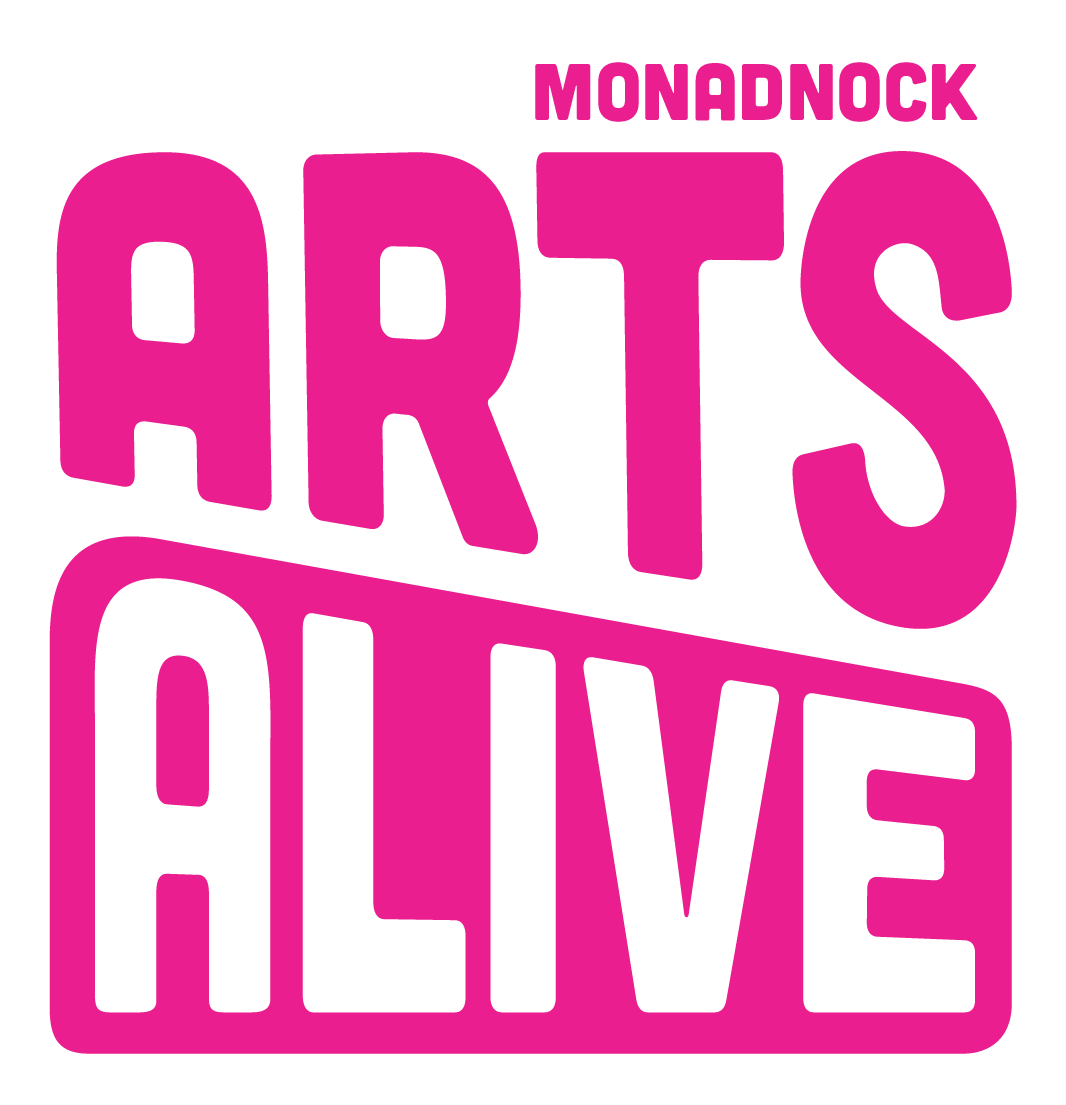Image is from the One Billion Rising event held on campus - dancing to the music 'Rise Up' by Andra Day. Program participants also bring this event every year to Central Square in downtown Keene.
As dance/movement therapists, we believe that dance is life-affirming and that a person’s lived bodily experience and relational bodily action is the primary agent of change. The American Dance Therapy Association defines dance/movement therapy (DMT) as the psychotherapeutic use of dance and movement to promote emotional, social, cognitive, and physical integration of the individual, for the purpose of improving health and well-being. Dance and movement have been utilized throughout history for communication, rites of passage, ritual, entertainment, ways of knowing, learning, and so much more.
Founded in 1976, Antioch University's Master of Arts in Dance/Movement Therapy program prepares arts-based psychotherapy professionals who use dance and movement to work with individuals, couples, families, and groups in a variety of settings including: psychiatric, VA, medical, rehabilitation, pediatric hospitals; community mental health facilities; schools; residential treatment centers for children, adolescents, elders; and correctional facilities. The program is only one of six in the country that is approved by the American Dance Therapy Association (ADTA).
Although DMT historically was founded by dancers primarily focused on modern dance, dance/movement therapists represent a diverse range of dance forms, all of which provide a unique perspective on communication through movement.
The Antioch DMT program brings dancer therapists into the community to work with groups that may have little access to dance opportunities and individuals who benefit from non-verbal approaches to communication and expression. The program is also connected to the wider dance and therapeutic/learning community through intensive multi-day workshops where people with an interest in DMT can learn about the profession, and those who already have a master’s degree may apply the summer training to a low-residency certificate
Antioch and its programs focus on service-based experiential learning using a developmental/social justice lens. Students engage in a broad range of fieldwork experiences in the Monadnock region.
Image from the final day of the low-residency workshop as students process integration of the learning experience and being in community.
For example, our 1st year DMT practica students go to New Hope New Horizon and Maplewood Nursing Home; and at Antioch, facilitate infants and their caregivers group nicknamed "Shaky shaky." At these sites, we use the Kestenberg Movement Profile, a developmental movement assessment framework alongside dance to help grow and participate in our communities.
In fact, collaboration is key to the success of our program, and we participate in the community in many different ways to both give our DMT community experience, and to enhance impacts of the work of social service nonprofits and education institutions in the region.
Our faculty, graduates, and students are engaged through employment and volunteer work at such sites as MOCO Arts, New Hope New Horizons, and other performance based venues. We have a partnership with Keene State College's Dance program where our students take their classes and theirs take our intensives and workshops for free. In May 2019, student choreographers and dancers presented work in the Arts Alive! benefit.
For nine years, we have been hosting One Billion Rising, in partnership with Monadnock Family Services. This program is a global movement to speak out about gender based violence through "flash mob" style dance presentations. This year, we are planning to collaborate with a small non-profit called Written On Your Heart, which sends handmade cards with words of support, encouragement, and hope to safehouses for survivors of human trafficking.
At the low residency/intensive workshop students explore individuality within a group.
Antioch University New England has a strong focus on social justice. Because of this, our vision for arts is guided by our commitment to multiculturalism and inclusion. Dance can be a conduit for lifting the voices of marginalized persons and empowering communities. It can create a vision of what our future can hold. Our faculty do research and present at national conferences to validate and spread these views.
The Monadnock Region is an enriching environment for our students, faculty and graduates. The abundant nature that this region boasts provides inspiration and space for our students to grow as dancers, therapists, and human beings.



